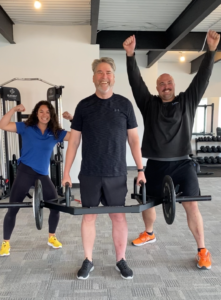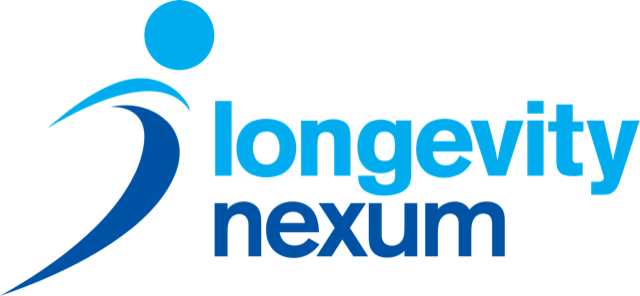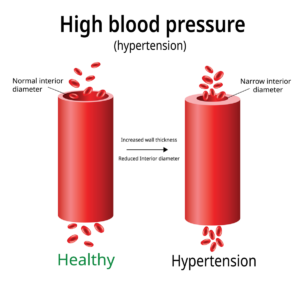The Silent Strain of Modern Life
You wake up tired. Traffic’s a nightmare. Deadlines pile up. Emails never stop. Your phone buzzes endlessly, and your to-do list only grows. Sound familiar? This constant, low-grade stress—what many of us just call “daily life”—has a real cost. And one of the biggest, most silent casualties? Your blood pressure.
High blood pressure, or hypertension, affects 1 in 2 adults, often without obvious symptoms. Left unchecked, it quietly increases the risk of heart disease, stroke, kidney problems, and more.
But here’s the good news: you’re not powerless. One of the most effective, accessible, and free tools to help you take back control is exercise.
How Stress and Blood Pressure Are Connected
When you’re stressed, your body releases hormones like cortisol and adrenaline. These cause your heart to beat faster, your blood vessels to constrict, and your blood pressure to rise. It’s your body’s “fight or flight” response kicking in.
The problem? You’re not actually in danger. You’re sitting in traffic or stuck in meetings. And this stress response repeats day after day, keeping your body in a constant state of high alert.
Over time, this chronic stress becomes a key driver of hypertension—a problem that can spiral without intervention.
The Exercise Effect: Your Natural Pressure Valve
Exercise is more than just a way to lose weight or tone up. It’s a powerful regulator of your nervous system and cardiovascular health. Here’s how it helps:
1. Lowers Resting Blood Pressure
Regular aerobic activity such as brisk walking, swimming, or cycling strengthens your heart. A stronger heart pumps blood more efficiently, reducing the force on your arteries.
2. Reduces Stress Hormones
Physical movement helps clear cortisol and adrenaline from your system. It also boosts endorphins, those natural mood elevators that act like a reset button for your brain.
3. Improves Sleep, Focus, and Energy
Better sleep and more mental clarity help reduce emotional stress—creating a positive feedback loop. You feel better, so you move more. You move more, so your blood pressure stays in check.
4. Supports Weight and Blood Sugar Control
Excess weight and insulin resistance both contribute to hypertension. Exercise tackles both head-on by improving metabolism and insulin sensitivity.

How Working With A Kinesiologist Can Help You Manage Your Blood Pressure
At Longevity Nexum, our Kinesiologists specialize in helping individuals manage high blood pressure through structured, evidence-based exercise programs.
We will do a thorough assessment of your current fitness level, blood pressure readings, and any health conditions or limitations. From there, we’ll create a personalized exercise plan that focuses on cardiovascular fitness, strength training, and lifestyle changes—all of which are proven to help lower and regulate blood pressure.
Throughout your program, we will monitor your blood pressure regularly, adjust intensity and volume as needed, and provide education on how movement supports your heart health. Out goal is to not only reduce your numbers safely but also to help you feel stronger, more energized, and in control of your long-term health!





0 Comments